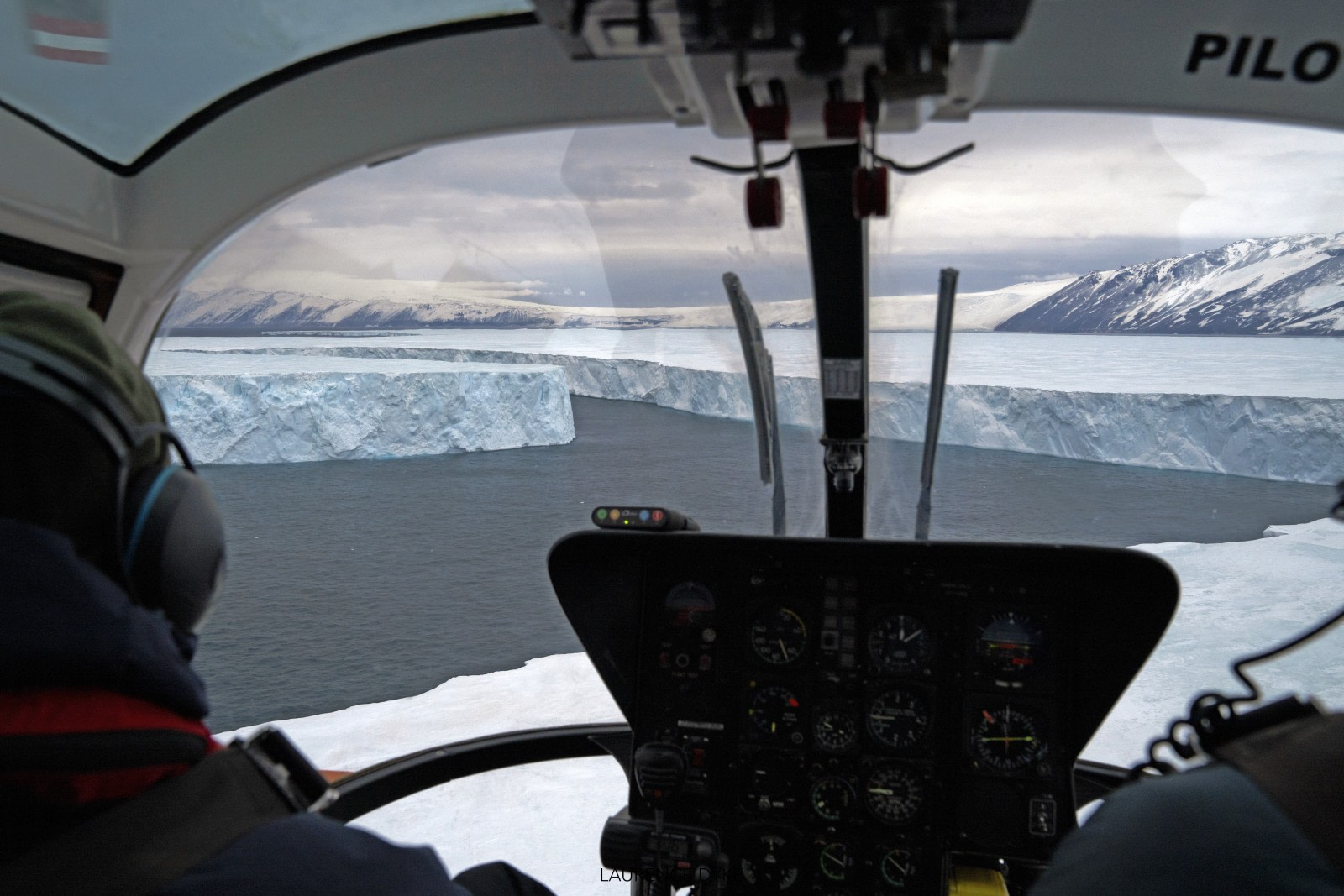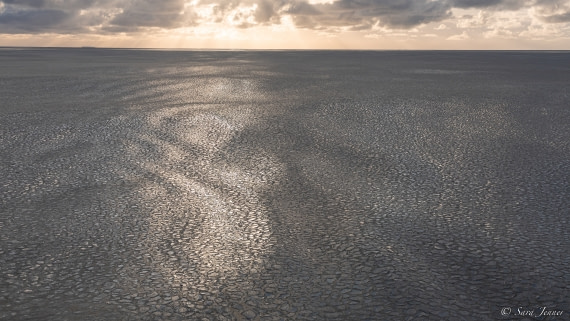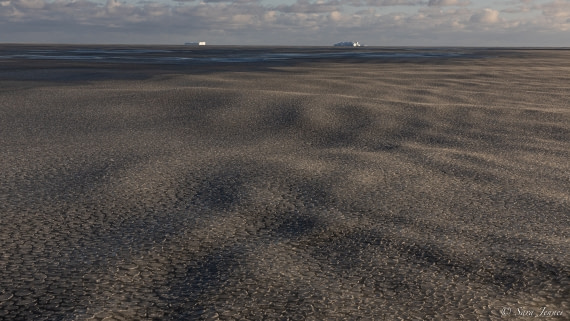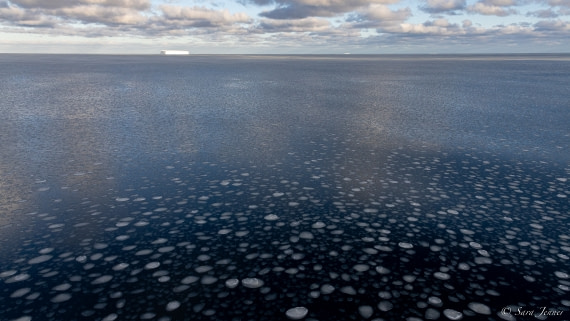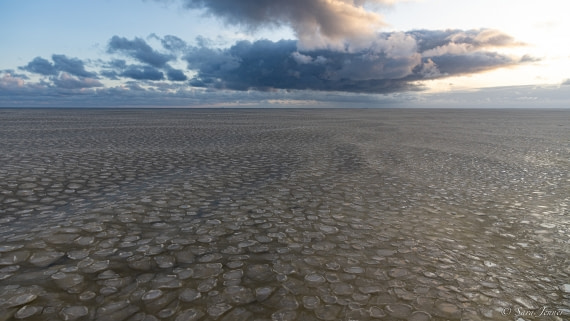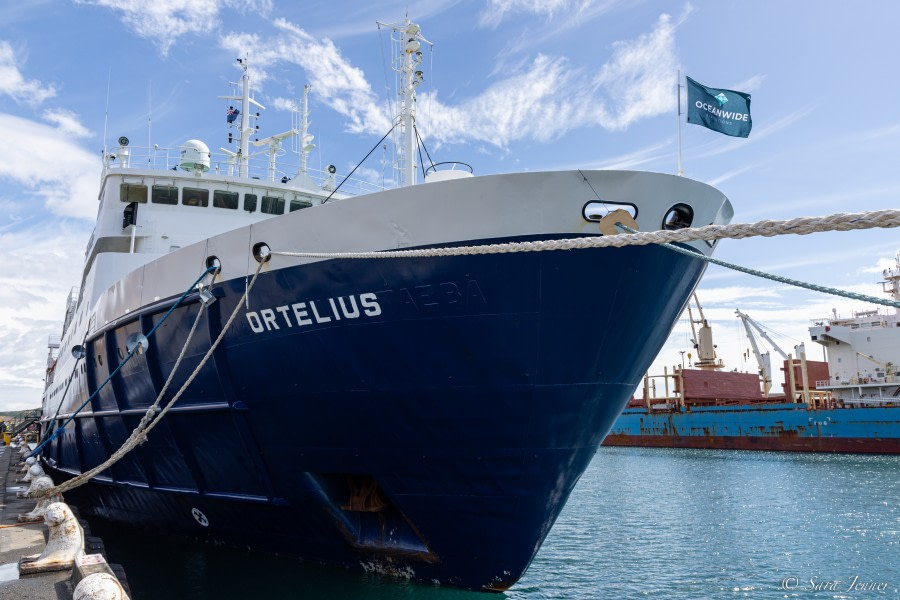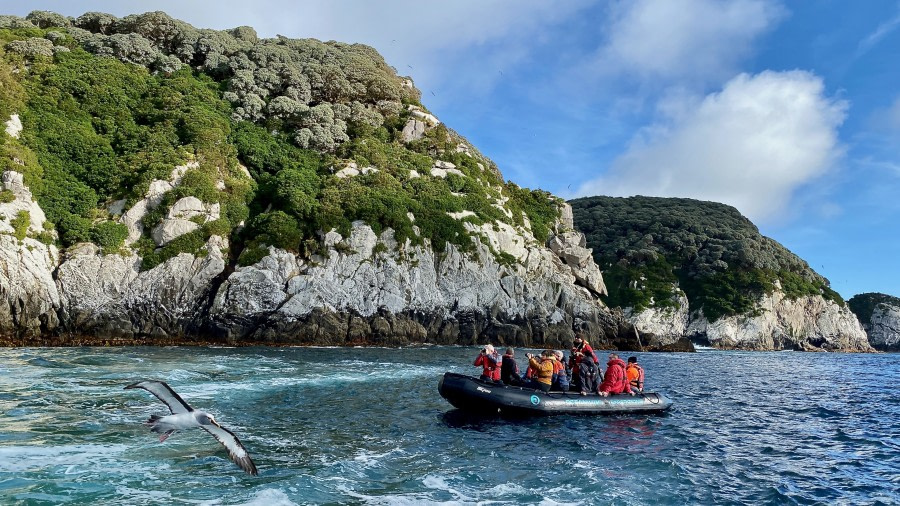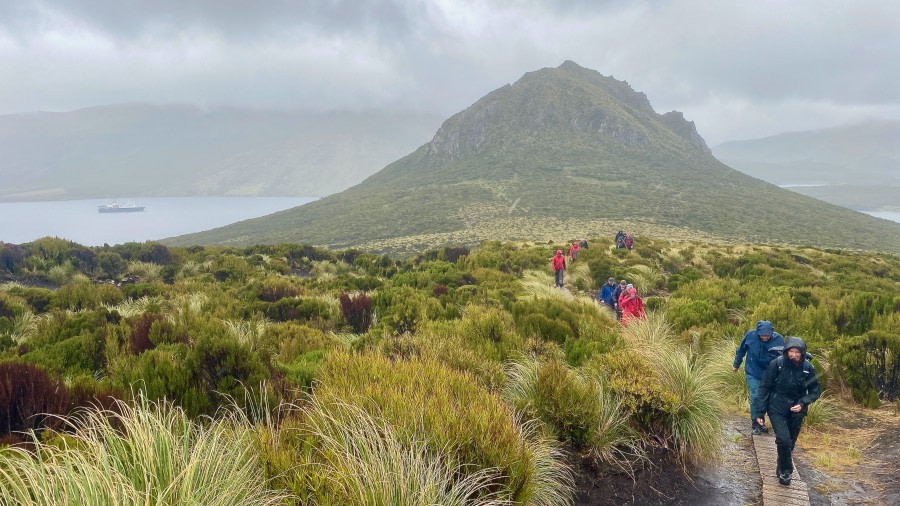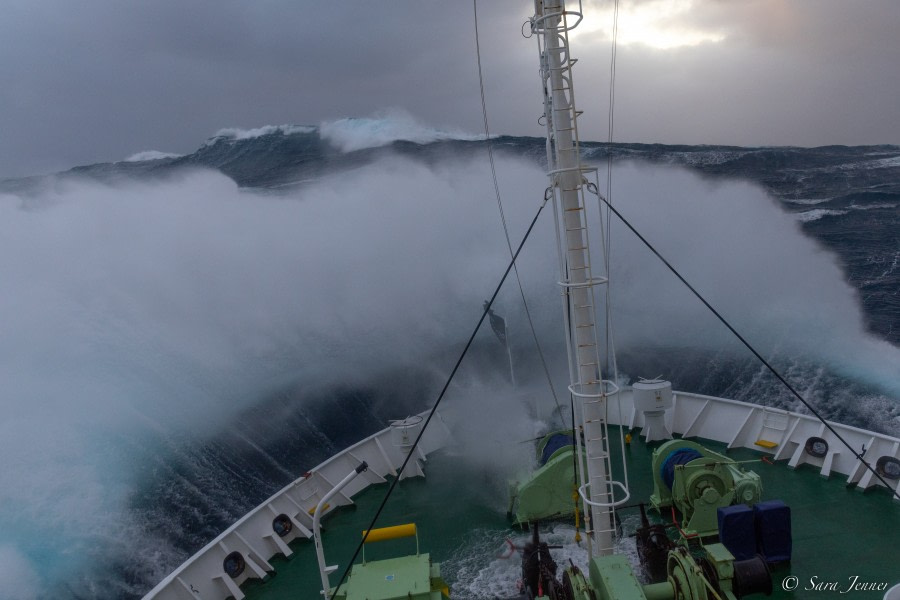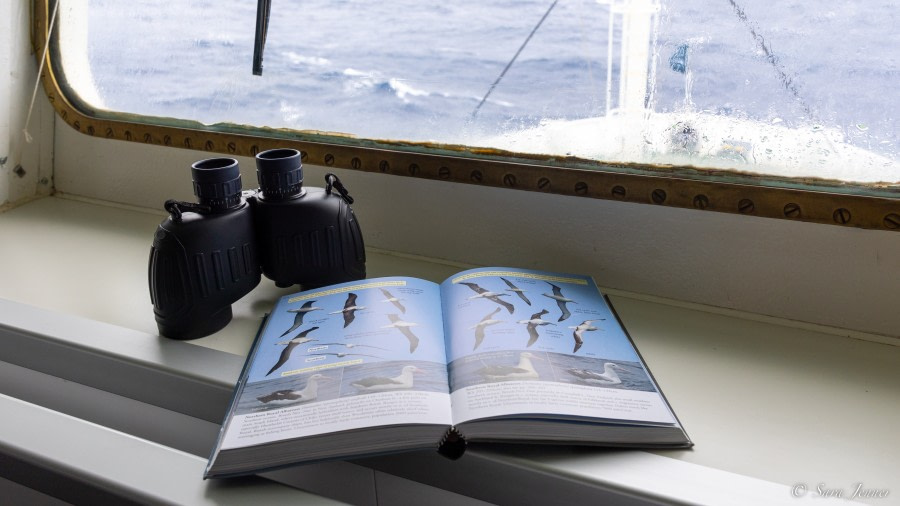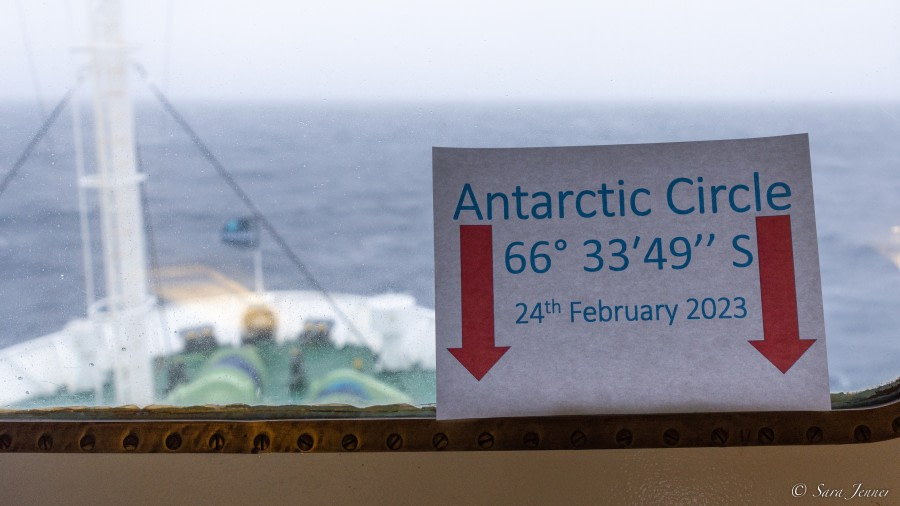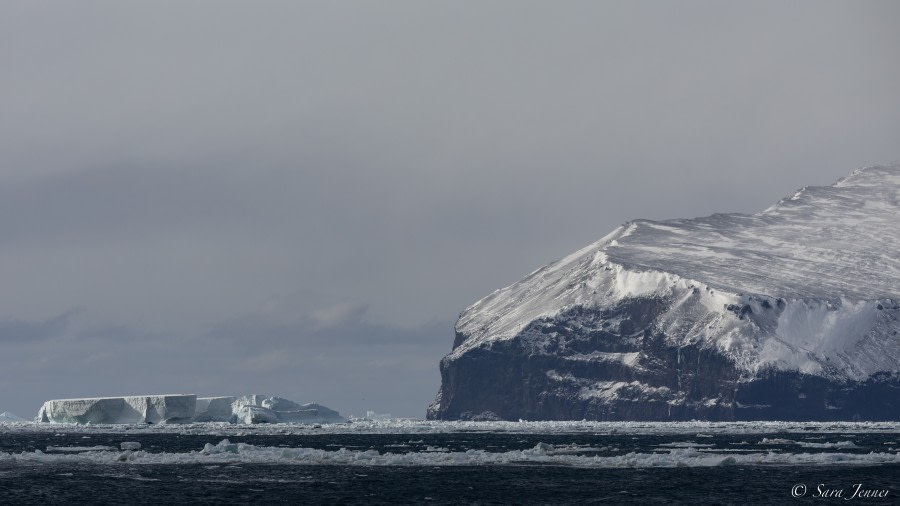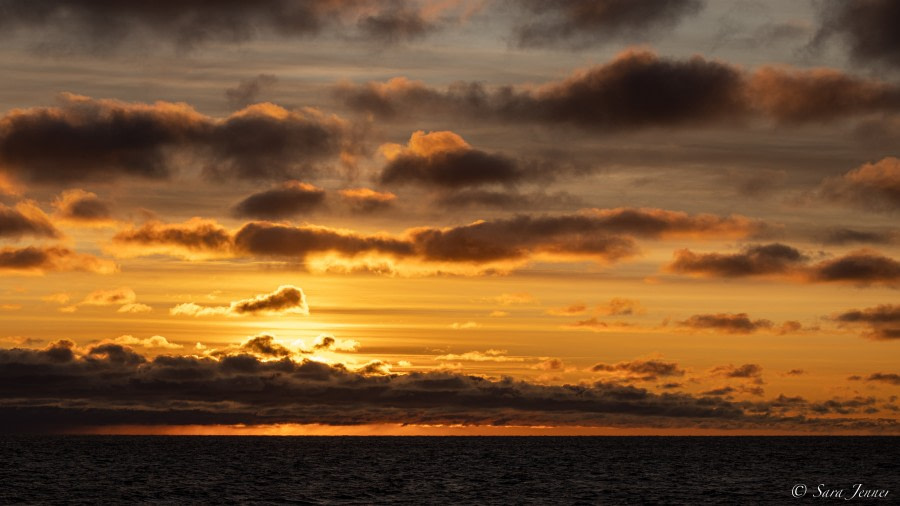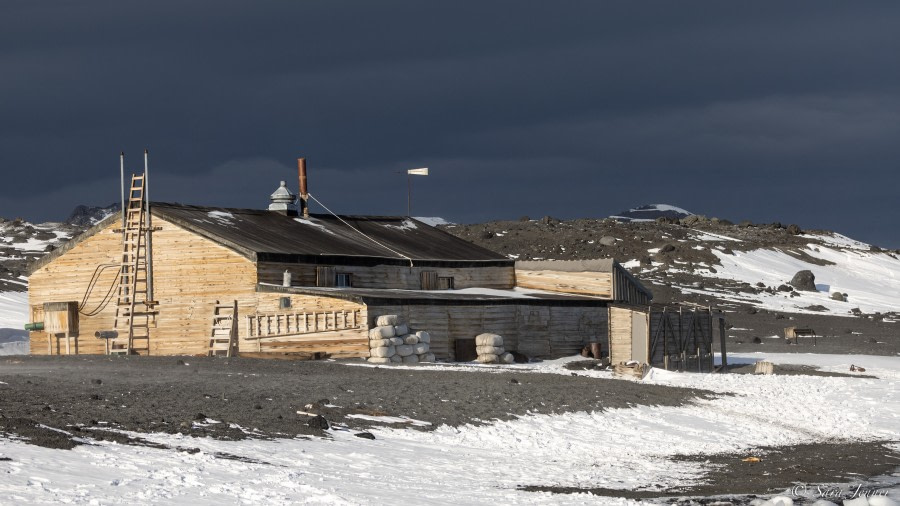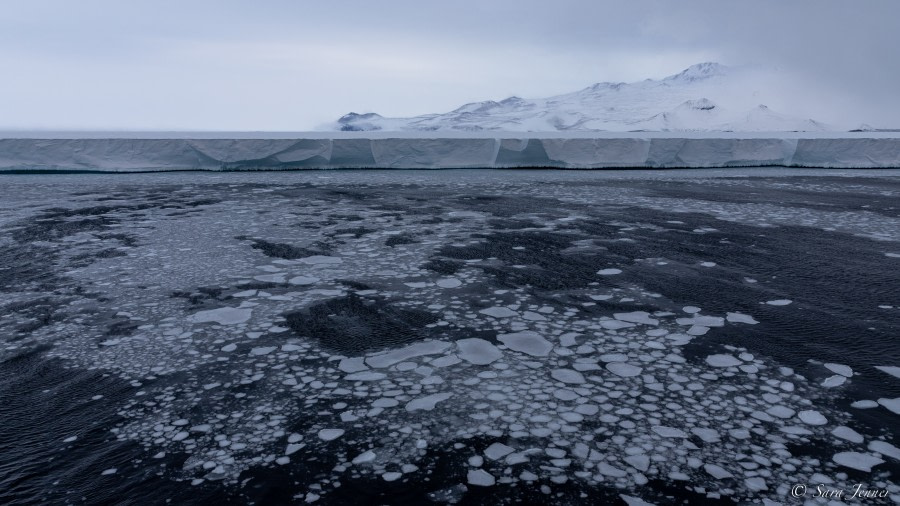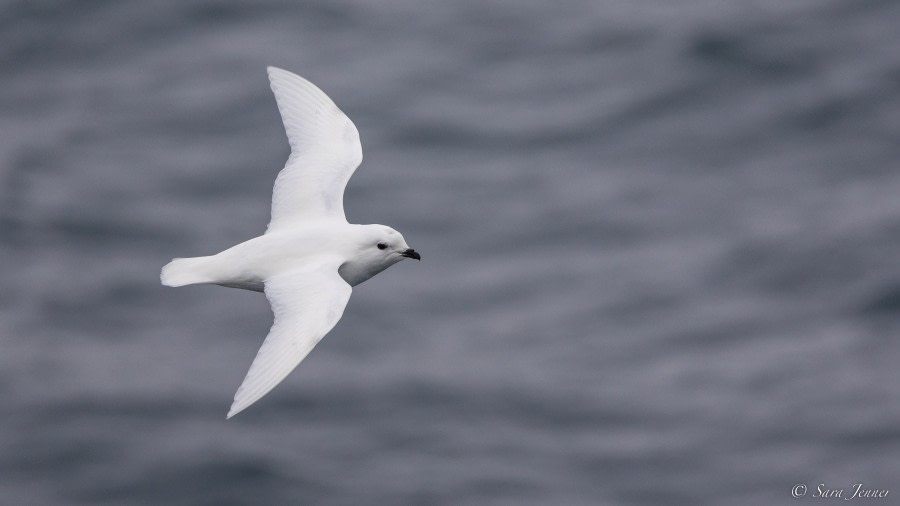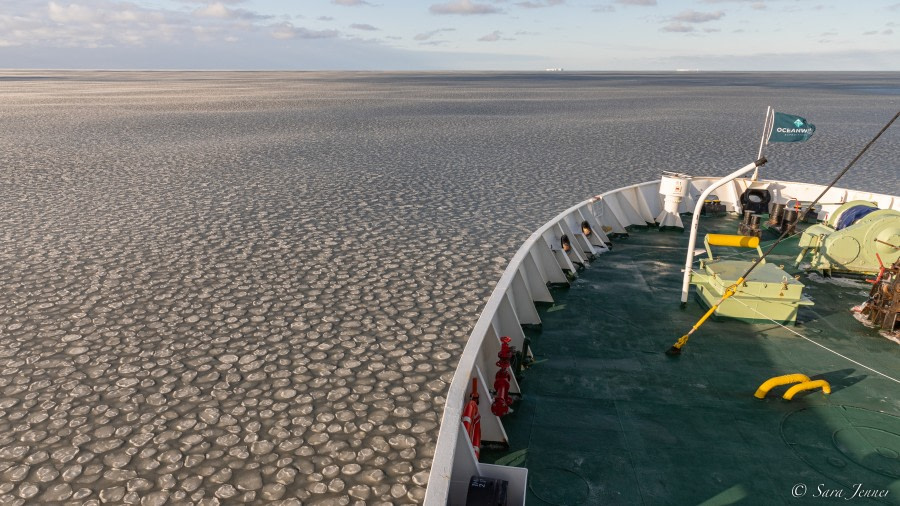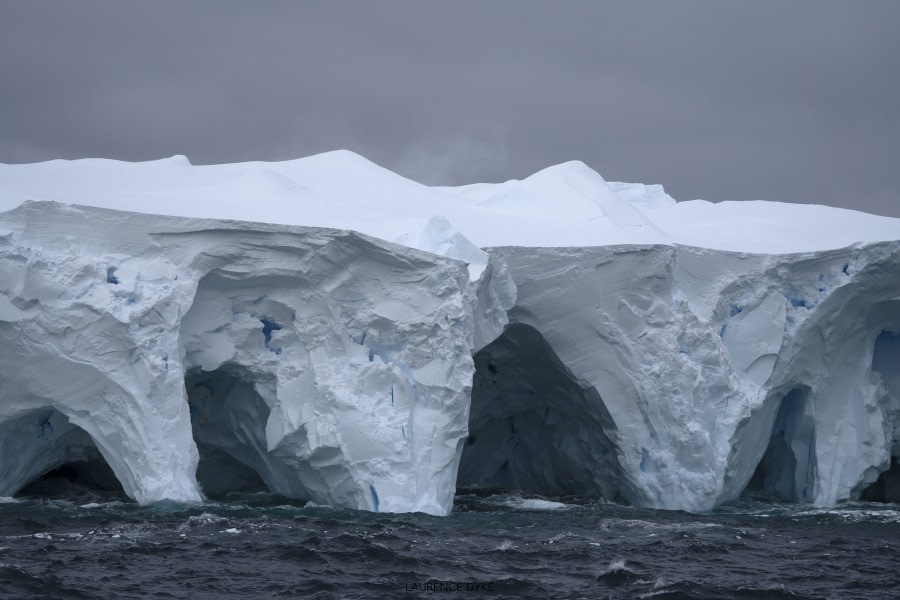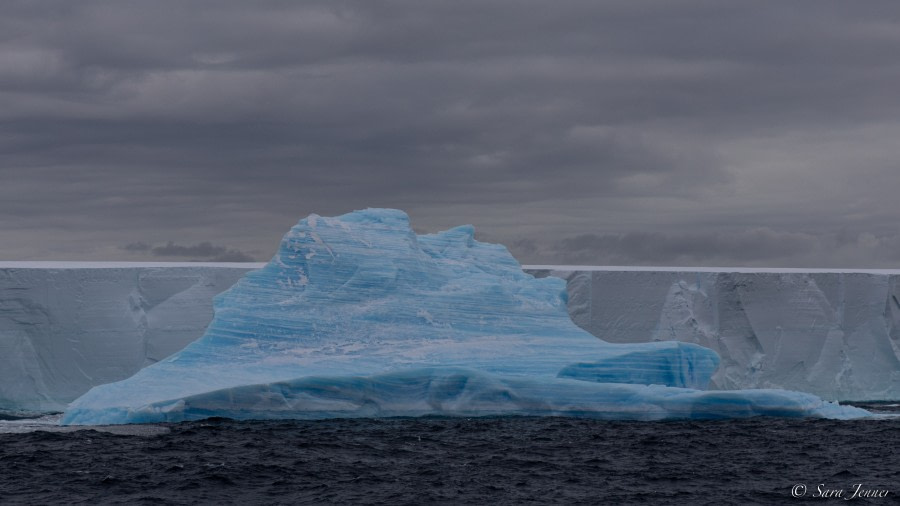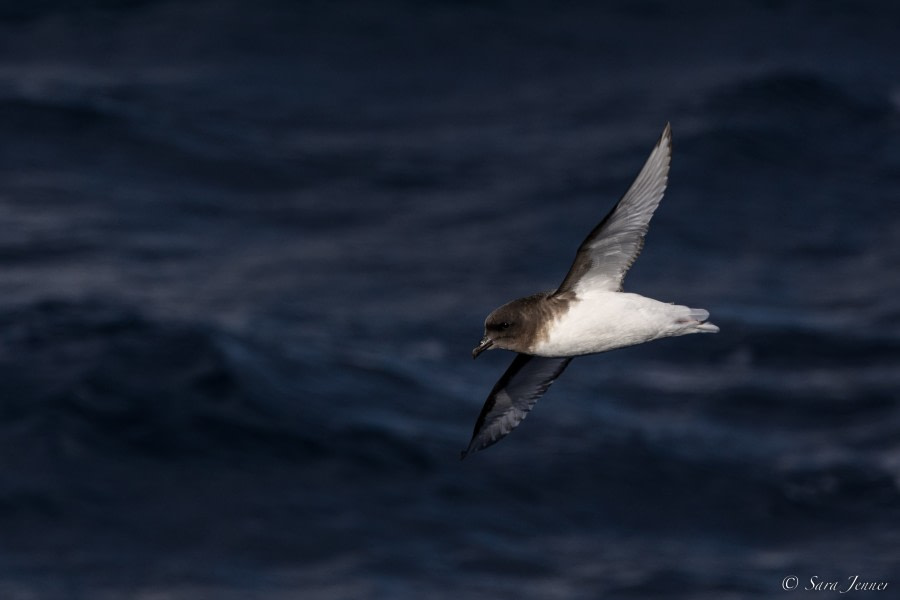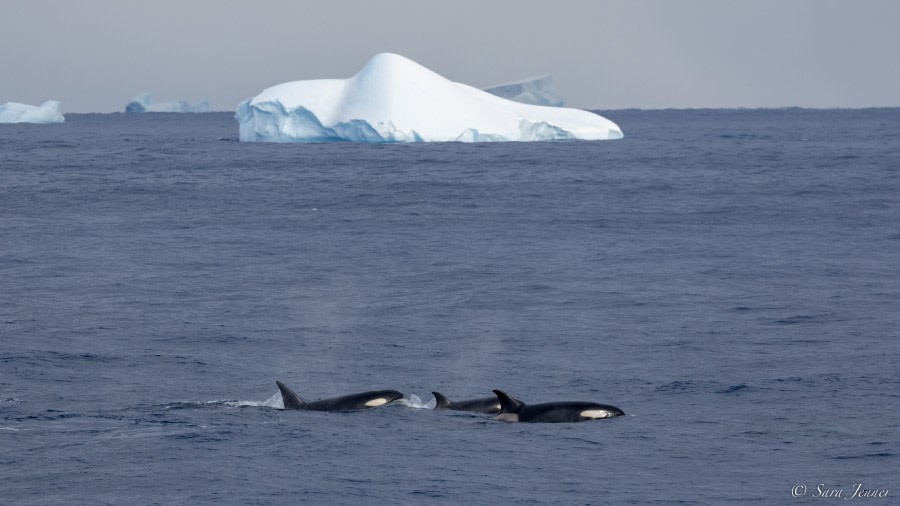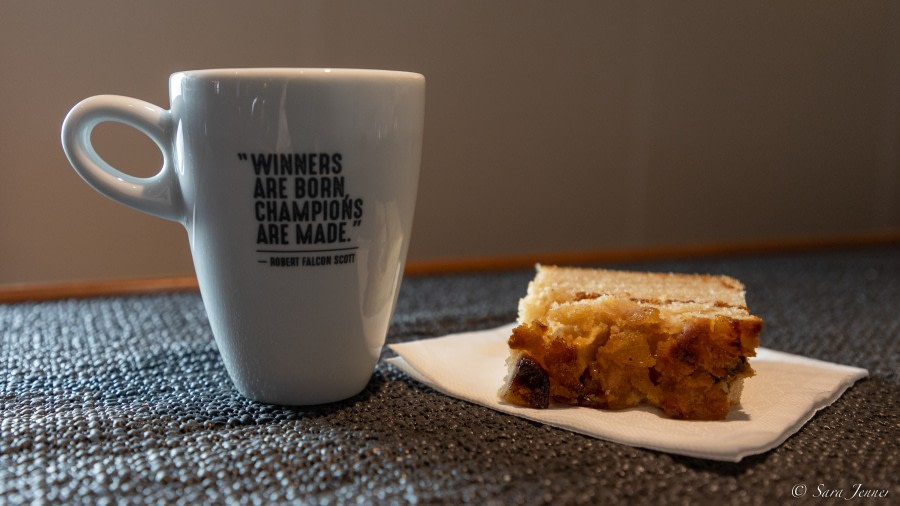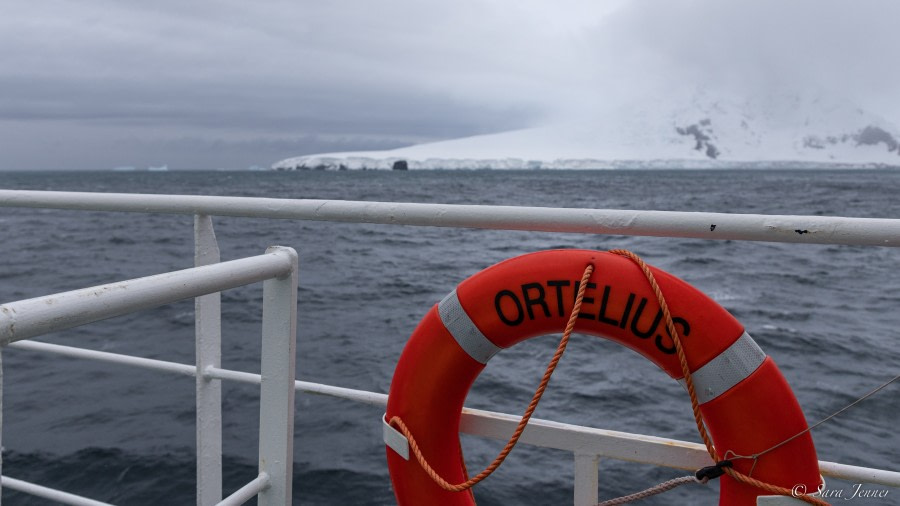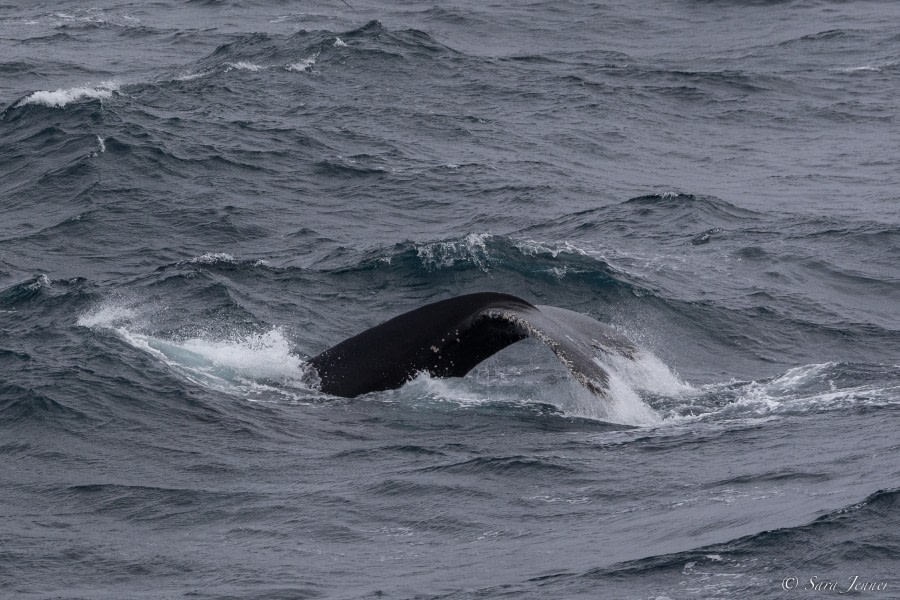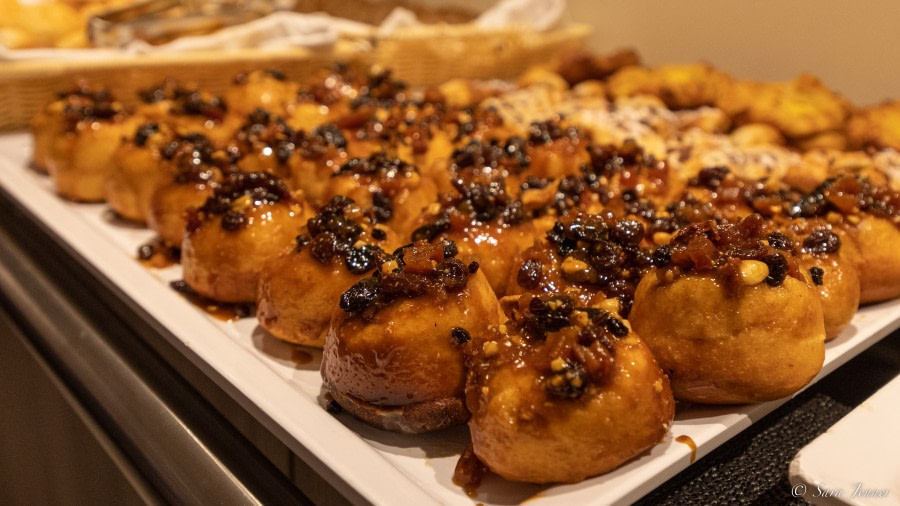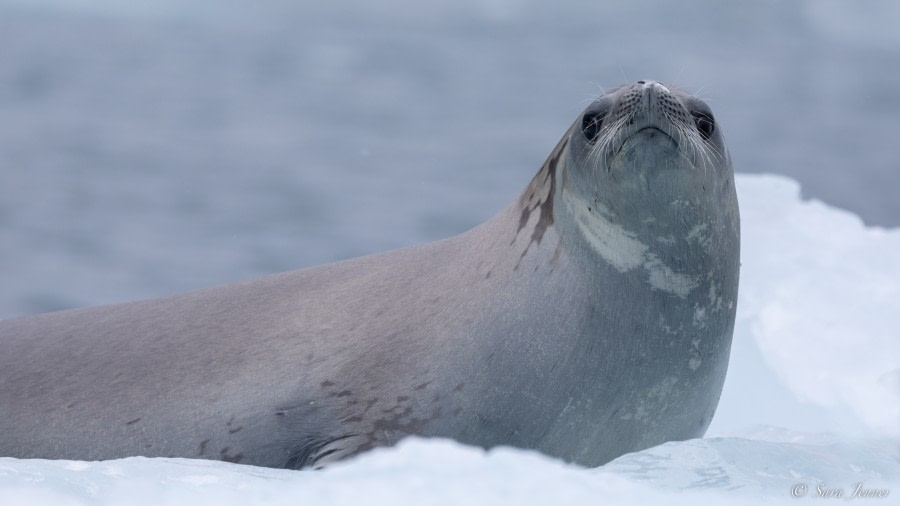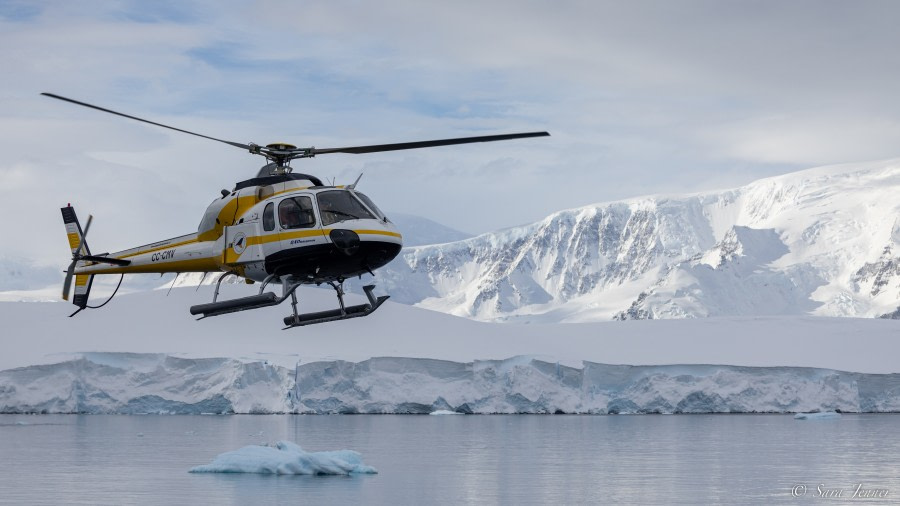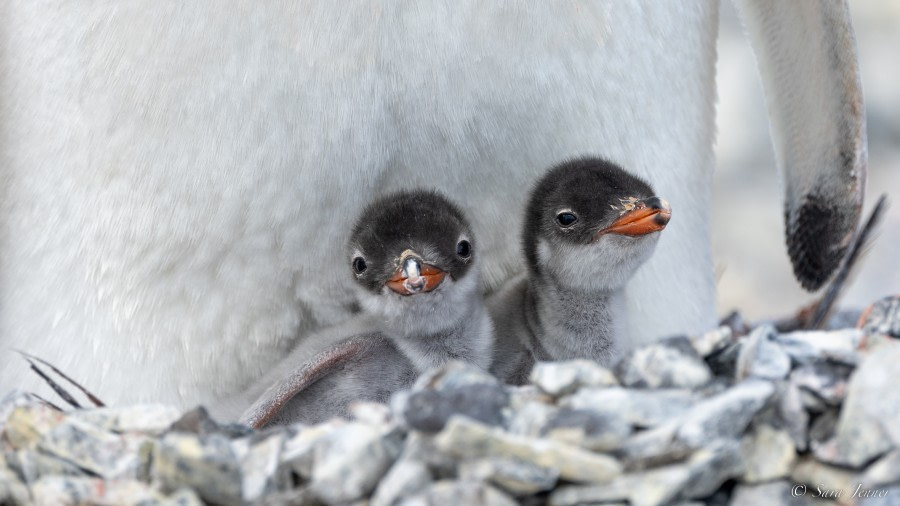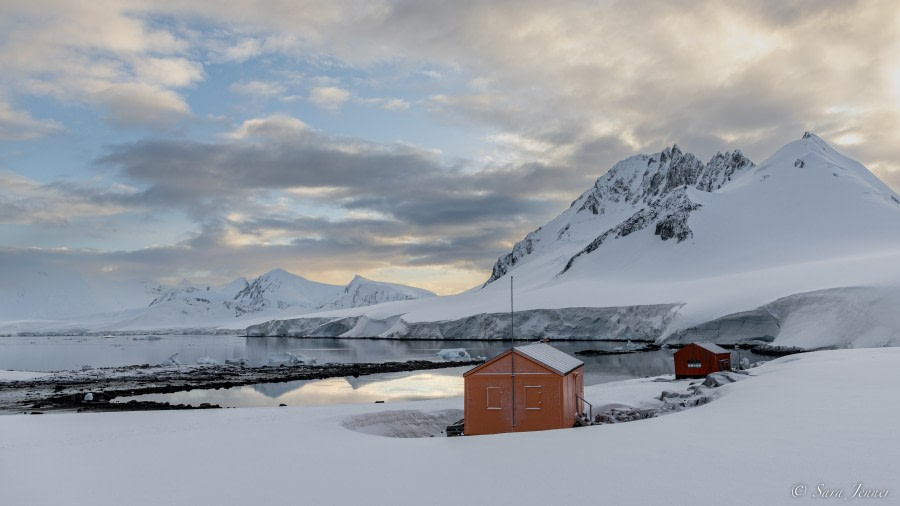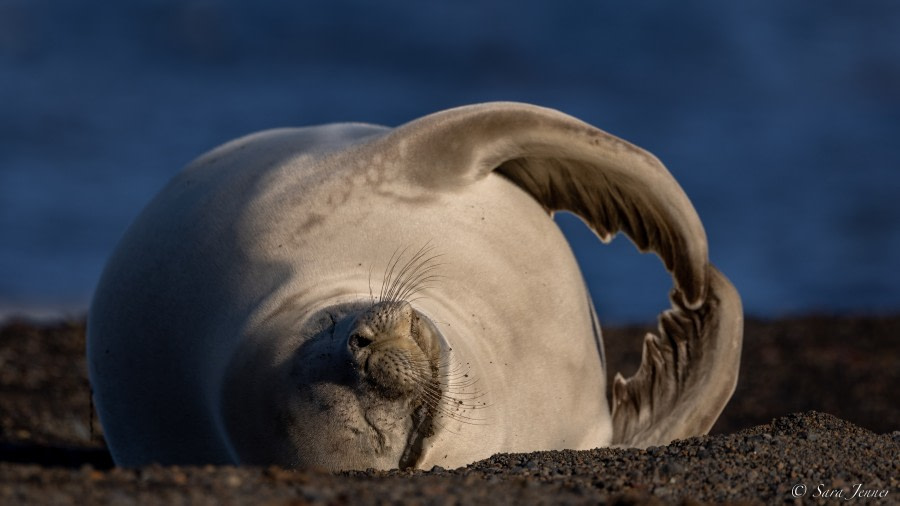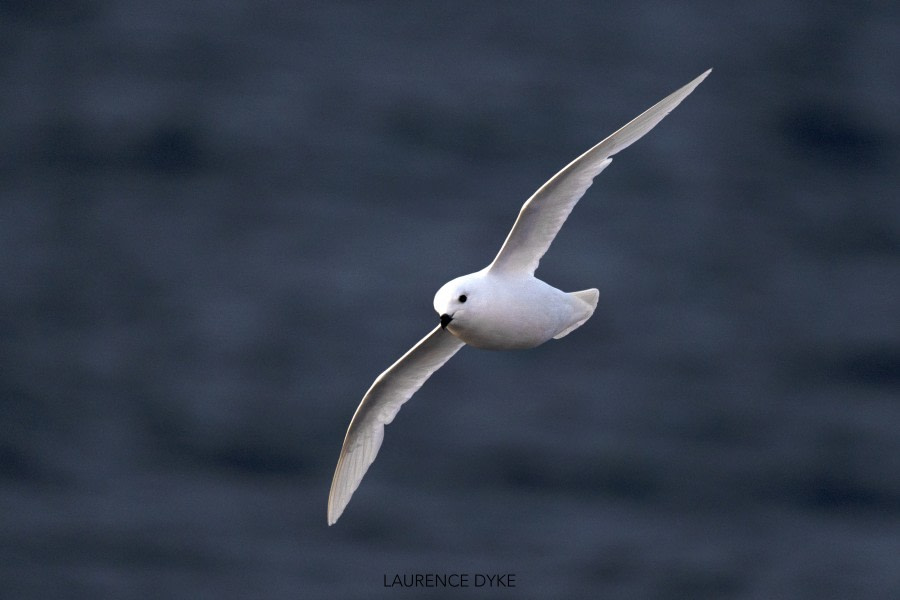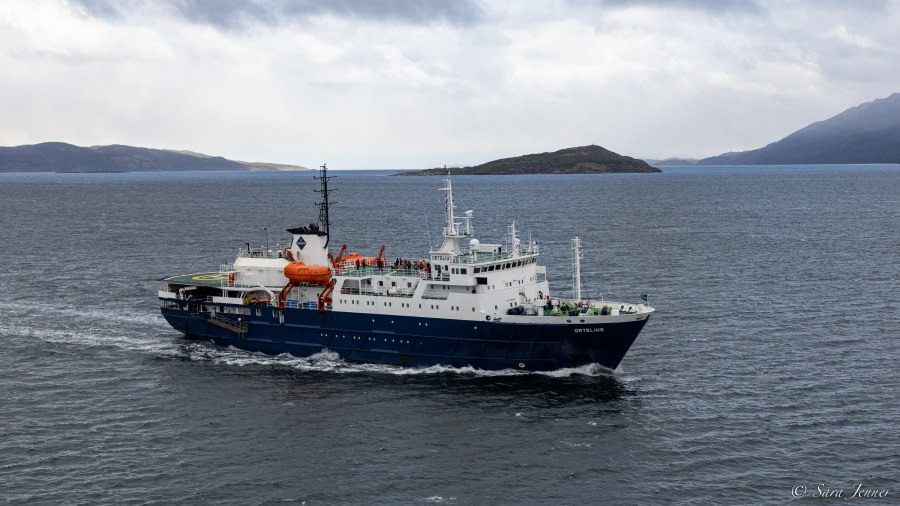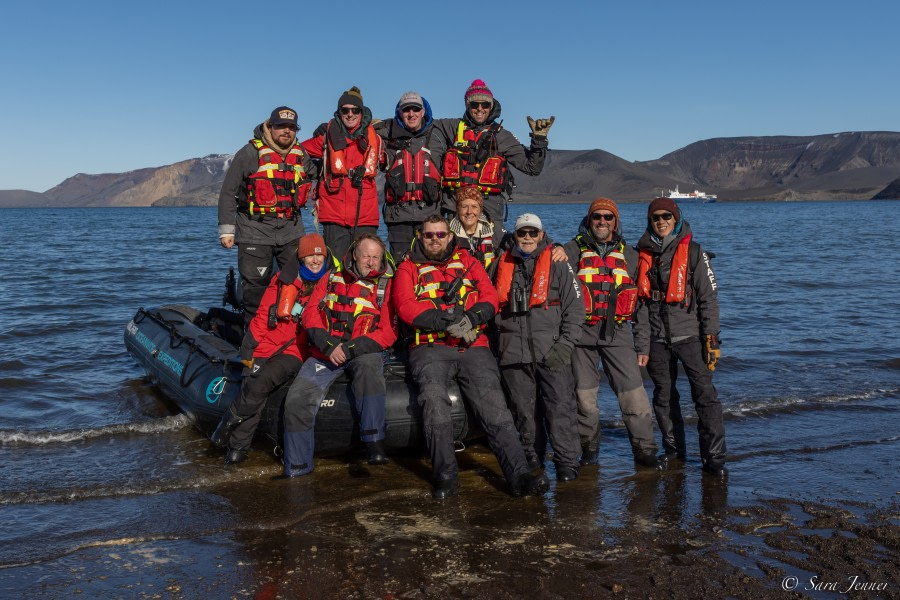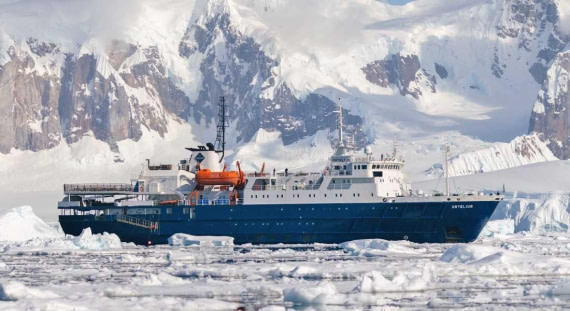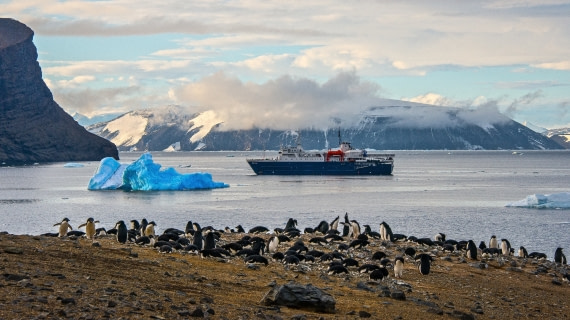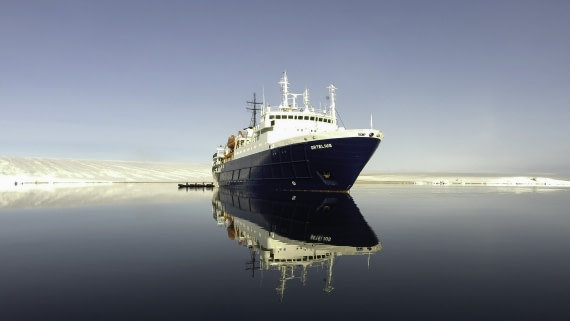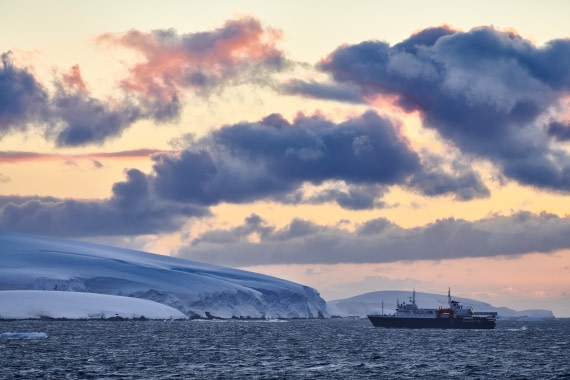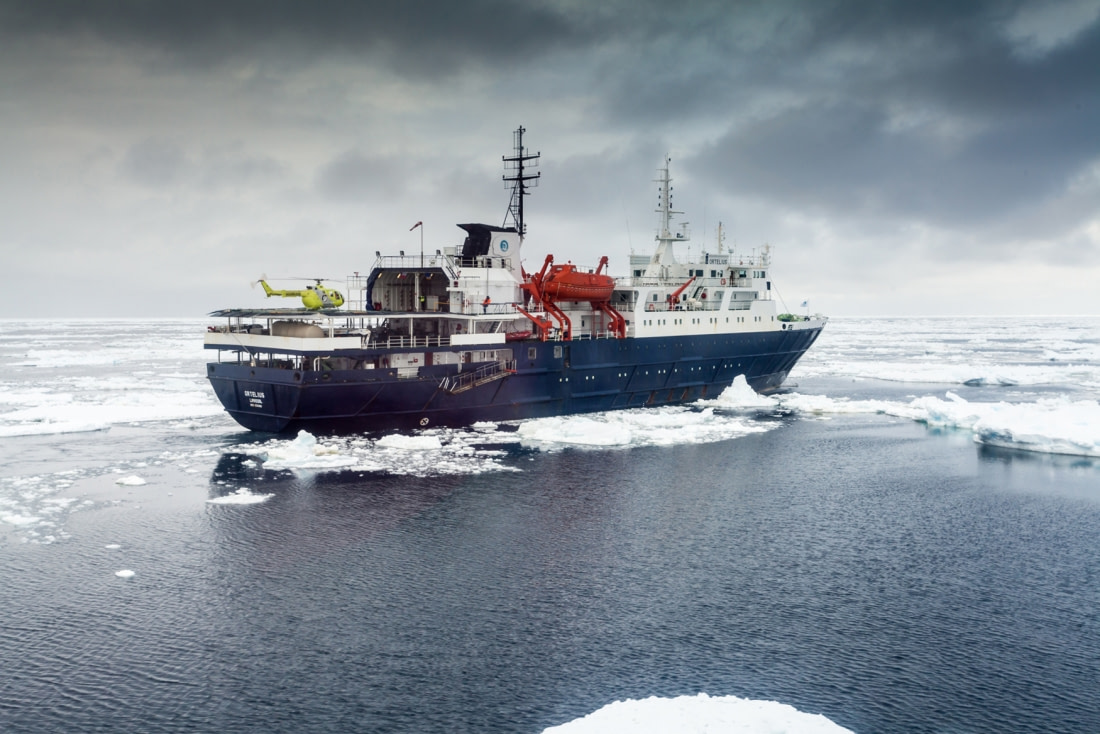| Date: | 17.02.2023 |
| Position: | 46°45.0’S / 168°17.2’E |
| Wind: | SE3 |
| Weather: | Broken cloud |
| Air Temperature: | +15 |
The day had finally come, the start of a bold Antarctic adventure. In the early afternoon we congregated in the lobby of the Kelvin Hotel, Invercargill; having made our way here from far-flung parts of the world. A few of us had spent some time exploring the wonderful islands of New Zealand through the preceding days and weeks, but many of us had arrived in Invercargill today. A few of us only just managed to get here in the nick of time, a combination of tropical cyclones, floods, and even earthquakes causing all manner of delays, rerouting, and sleepless nights.
Nevertheless, we had made it, and after checking in with Allan, and having our suitcases labelled, we made our way to the coaches. In short order we were bound for the small port town of Bluff; a twenty-minute drive down the coast. Here we entered the industrial port complex, and were escorted through the working areas of the port; past huge container cranes, endless stacks of aluminium ingots, monstrous piles of wood and milled lumber, and mountains of sand, gravel, and rock. In amongst all the bustle and chaos lay Ortelius, sat serenely alongside the wharf. The deck lined with a row of smiling faces welcoming us onboard. As we walked up the gangway we first cleared customs, formally leaving New Zealand. Then Albert, our hotel manager, checked us in and our stewards and stewardesses showed us to our cabins.
There was time for a cup of tea up in the Lounge and most of us took the opportunity to explore the ship; our home for the next 32 days. We clambered all over the outside decks, admiring the helicopter on the aft deck, and taking the time to soak in the sunshine and gentle breeze of the Antipodean summer.
At the end of the afternoon we were called to the Lecture Room on Deck 3 for the mandatory ship safety drill. This culminated in a practice-run of the evacuation procedure and included mustering, donning the bright-orange life jackets, and being shown to the lifeboat boarding points. With this out of the way we were formally welcomed to the ship by both Albert, our Hotel Manager, and Sara, our Expedition Leader. Together they gave us an introduction to life on board, the plan for our adventure, and what to expect over the coming days and weeks. Meanwhile the crew were preparing for our departure, the harbour pilot came aboard, and we slipped our mooring lines, gathering way as we passed through the breakwaters heading south. As far south as it’s possible to go with a ship. Dinner followed, and we piled our plates high at the buffet; recompense for a long and exciting day.
However, we were not quite done yet. As Sara had outlined earlier, we hoped to cruise Snares Island in the morning, and before we could do so we needed to be briefed on IAATO protocols, and how the Zodiac operations onboard the ship work. With this all checked off we could finally make our way to bed; the gentle rocking of the open ocean soothed us to sleep as Ortelius crept out past Stewart Island under the descending veil of night.
